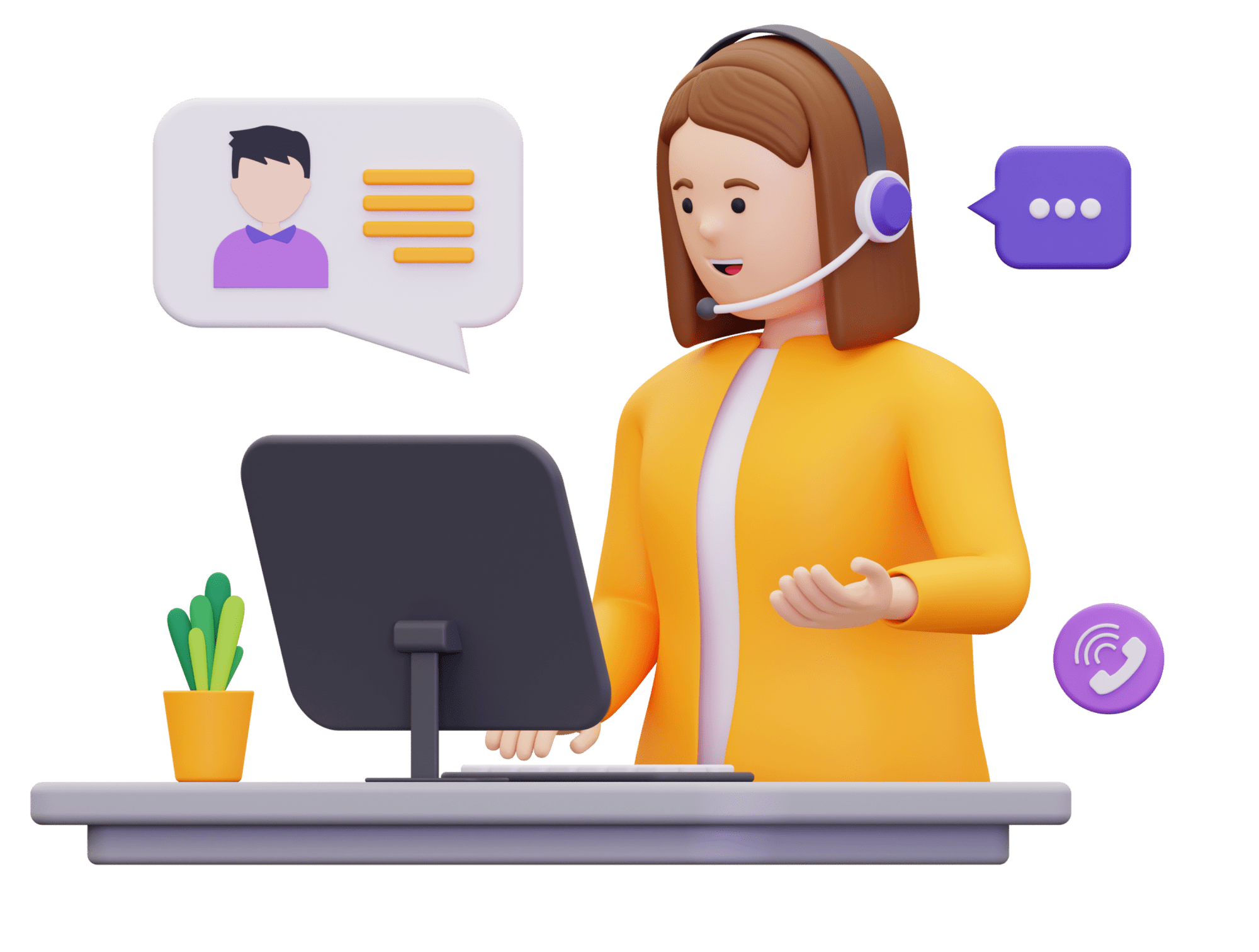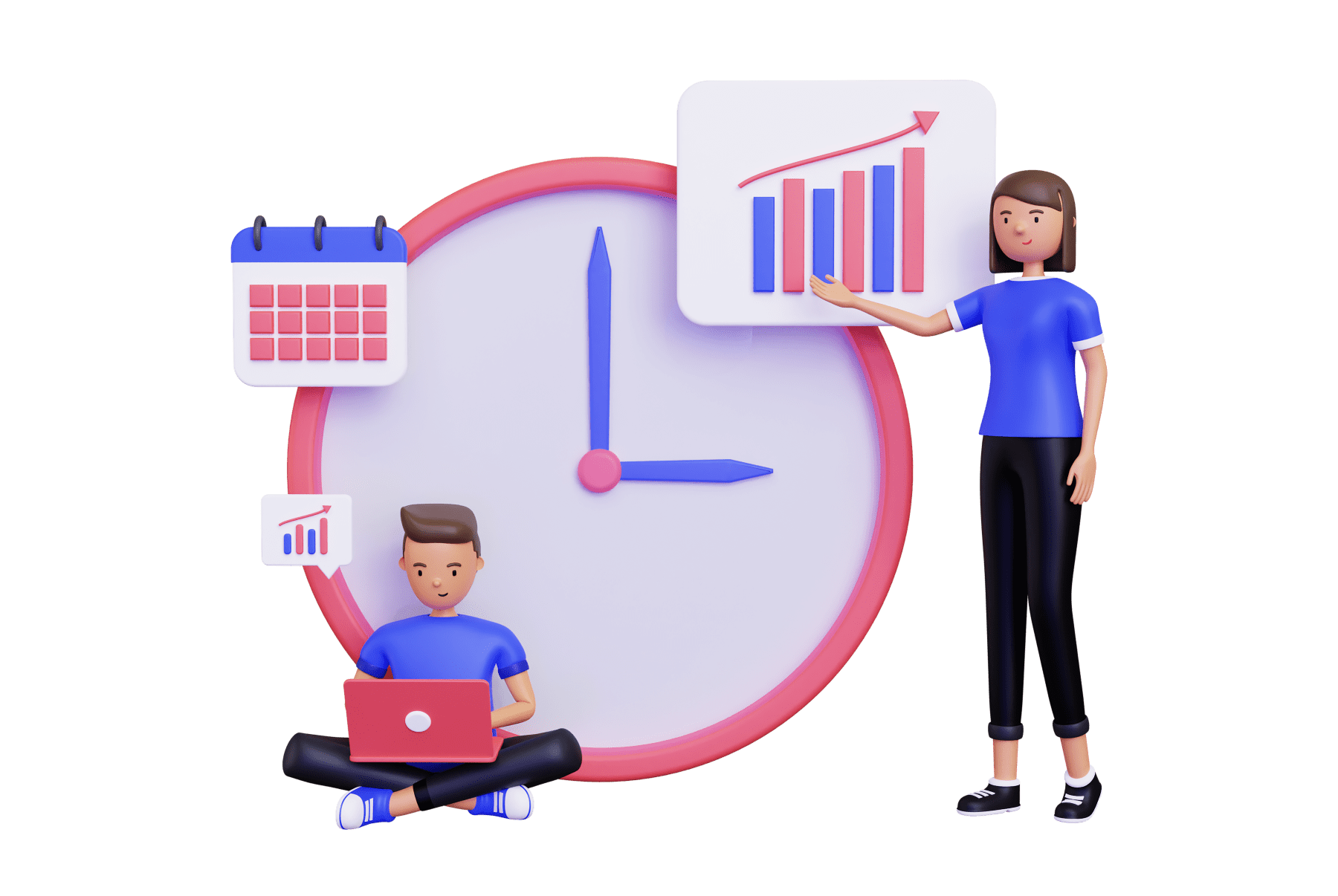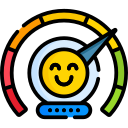Call center performance metrics serve as benchmarks and leading indicators for evaluating the effectiveness of your most critical customer communication channel. The good news, is that enhancing Call center performance is achievable through the strategic optimization of call center efficiency metrics. This optimization empowers call center agents, enhancing their proficiency in managing customer tickets. This, in turn, enriches the overall customer service experience and ensures the quality of call center interactions.
Achieving customer satisfaction lies at the core of business operations. However, determining the efficacy of meeting customer expectations requires a keen focus on measuring call center metrics at regular frequency. These call center metrics serve as invaluable indicators, offering insights into the perception customers hold of your company, thus providing a gauge for assessing the quality of customer service, quality of call center interactions, and the overall customer satisfaction.

Here is the list of top 3 call center efficiency metrics

First Response Time (FRT)

Call Center metric that you should track Net Promoter Score (NPS)
This score stands out as a highly precise measure of customer satisfaction and the affection your customers hold for your brand. Although it involves some mathematical computation, it centers around a straightforward question: “On a scale of 0-10, how likely are you to recommend our company to your friends and peers?. This is definitely the most important Call Center Metric to track.
Customers providing scores of 9-10 are classified as Promoters, while those giving 7-8 are Passives, and 0-6 are Detractors.
The formula for calculation is: Number of Promoters ÷ Total Number of Customers in the Sample) – (Number of Detractors ÷ Total Number of Customers in the Sample).
Customer Satisfaction (CSAT)- equally important call center metric to track
Similar to NPS, Customer Satisfaction (CSAT) serves as an important Call center metric. A favorable score in this call center performance metric signifies an enhancement in the effectiveness of call center campaigns. Unlike NPS, however, there is no standardized method for computing this key performance indicator.
Typically, companies seek customer feedback on the adequacy of issue resolution by their agents. The subjective scoring system categorizes responses into sentiments, including Very Satisfied, Satisfied, Not Satisfied, and Very Unsatisfied. The ultimate customer satisfaction score derives from the ratio of Very Satisfied and Satisfied responses to the total number of survey participants, offering valuable insights into the quality of customer service and the overall call center experience.


First Response Time (FRT)
In the contemporary landscape, customers are exceptionally attuned to the pursuit of instant gratification, expressing disdain for prolonged wait times. Hence, it is crucial for call centers to minimize this metric, recognizing its pivotal role in shaping customer satisfaction. First Response Time (FRT) is specifically designed to address the duration customers spend waiting to connect with a qualified agent after placing a call. It stands as a central element in call center metrics, playing a crucial role in assessing the efficiency of customer service. Additionally, FRT is intricately linked with Service Level, a key performance indicator for inbound call centers. This connection further underscores the significance of call center metrics in ensuring efficient operations and bolstering overall customer satisfaction. By prioritizing swift and responsive service, call centers can establish a strong foundation for delivering optimal customer experiences.
Follow transmon linkedin page for more such articles





